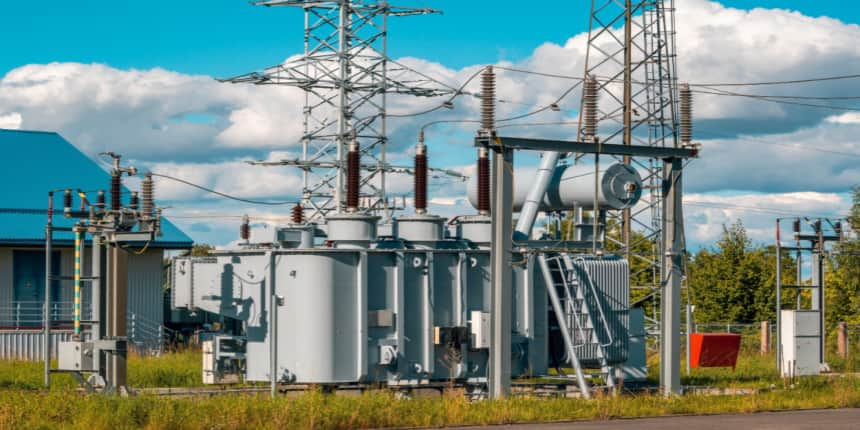VSR Full Form
What is the full form of VSR ?
The full form of VSR is Variable Shunt Reactors. The devices that are used in high voltage energy transmission which are used in voltage control during the load variations. These are switched on or off to provide reactive power compensation. These devices use the tap changer, which varies the inductance by changing the number of turns in the reactor windings. It is also used to tune the system voltage and maintain regulation capability.
VSR - Variable Shunt Reactor
VSR - Ventricular Septal Rupture
- What is the full form of VSR ?
- Types of shunt reactors
- Components of variable shunt reactors
- Ventricular septal rupture

Types of shunt reactors
The different types of shunt reactors are as follows:
Fixed rating Shunt Reactor: In this, the shunt reactor rating is fixed, and it is linked to the transmission line depending on the load. It acts as a reactive power absorber in an energy system, and it increases the efficiency of the system.
Variable Shunt Reactor: It is an efficient system that is used for maintaining the stability of the voltage on the transmission lines.
Components of variable shunt reactors
The different components of the variable shunt reactor are:
Tap charger
Iron core with one or three phases and a fixed air gap
Windings
Insulation material
Insulating oil
Bushing
Cooling system
Ventricular septal rupture
Ventricular Septum Rupture is a problem in the interventricular septum. To prevent this problem, the patient should undergo emergency surgery or treatment. Latham was the first person introduced in the year 1847. It divides the ventricular chamber into two ventricles, such as the right and left ventricles. This is due to the rupture of any part of the interventricular septum. The size of the rupture describes the cause and presentation of a ventricular septal rupture.
Frequently Asked Questions (FAQs)
The features of the Variable Shunt Reactor are:
Shunt reactor with 550KV (kilovolts) range
Two standards such as ANSI (American National Standard Institute) and IEC (International Electrotechnical Commission) standards
300 megavolts ampere reactive power (Mvar) three-phase units
The major advantages of a variable shunt reactor are as follows:
Used in high-voltage transmission
It enables grid power to improve reactive power compensation.
Control the fluctuations in the voltage.
Possibility of replacing to another part of the grid
Load flexibility
Robust design
The application areas of the variable shunt reactor are:
Utilities
Electronics application
Renewables
Industrial applications
The objectives are as follows:
Describes the treatment options of VSR
Describe the cause and effects of the VSR.
Summarize the presentation of a patient with VSR.
Describes prevention methods that are used to improve care coordination
The main causes of VSR are:
1) Full thickness
2) Myocardial infarction: It is one of the following arteries:
Left anterior descending coronary artery
Dominant right coronary artery
Dominant left circumflex artery